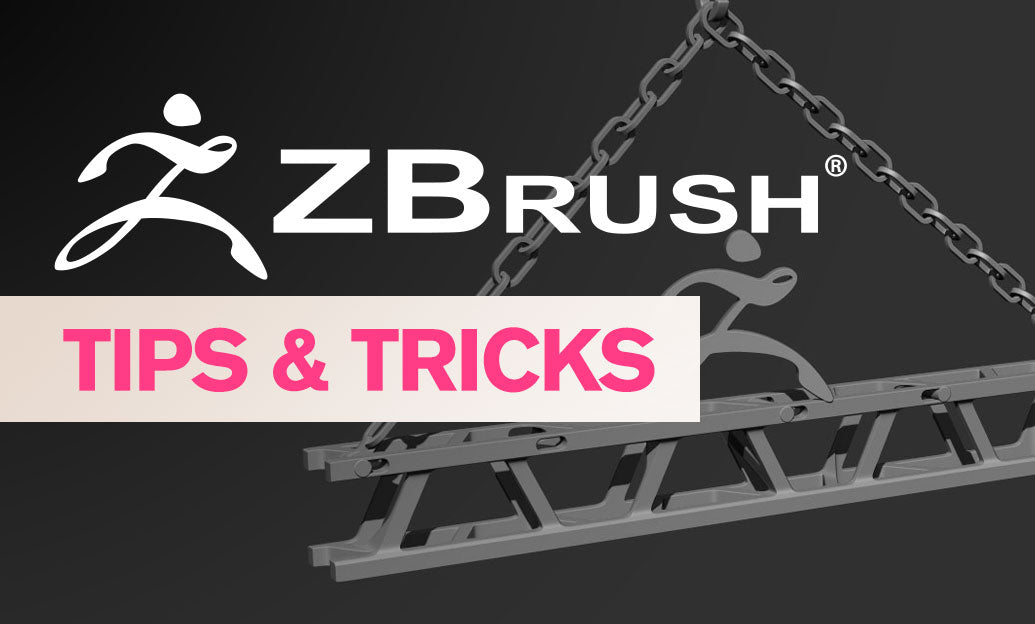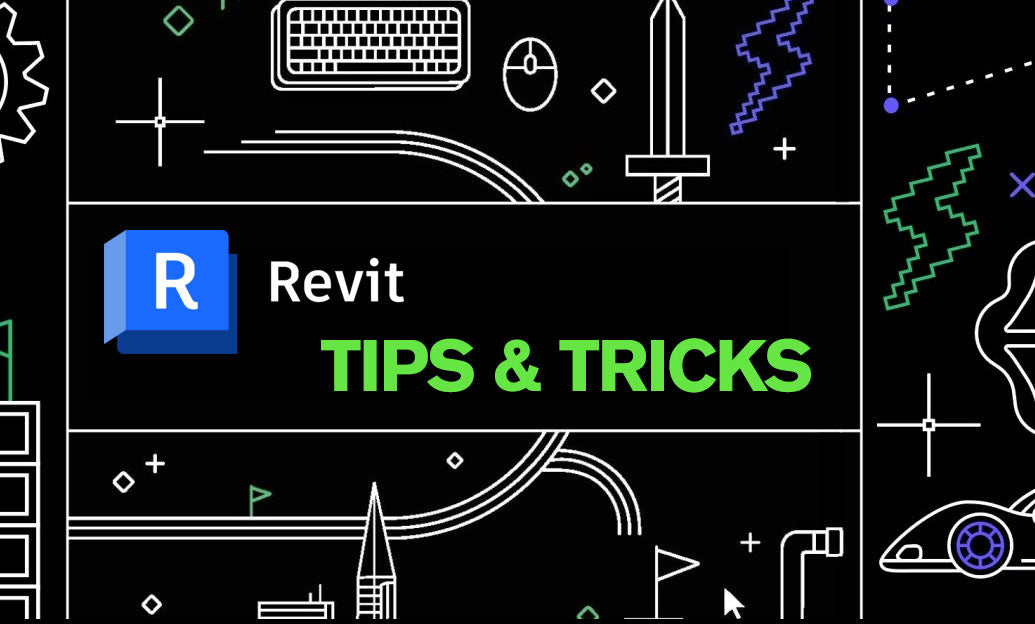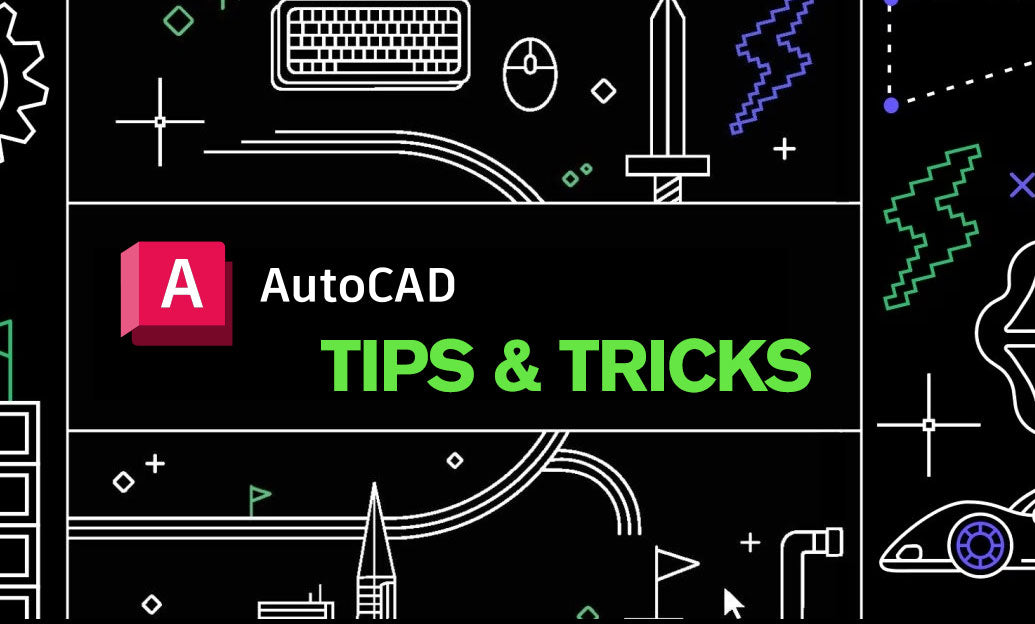Your Cart is Empty
Customer Testimonials
-
"Great customer service. The folks at Novedge were super helpful in navigating a somewhat complicated order including software upgrades and serial numbers in various stages of inactivity. They were friendly and helpful throughout the process.."
Ruben Ruckmark
"Quick & very helpful. We have been using Novedge for years and are very happy with their quick service when we need to make a purchase and excellent support resolving any issues."
Will Woodson
"Scott is the best. He reminds me about subscriptions dates, guides me in the correct direction for updates. He always responds promptly to me. He is literally the reason I continue to work with Novedge and will do so in the future."
Edward Mchugh
"Calvin Lok is “the man”. After my purchase of Sketchup 2021, he called me and provided step-by-step instructions to ease me through difficulties I was having with the setup of my new software."
Mike Borzage
IoT Integration in Design Software: Enhancing Connectivity and Efficiency in Modern Product Development
August 09, 2024 3 min read


Introduction to IoT in Design
The Internet of Things (IoT) refers to the network of physical devices that are embedded with sensors, software, and other technologies for the purpose of connecting and exchanging data with other devices and systems over the internet. This interconnected ecosystem has started to significantly influence various design domains, altering how products are conceived, developed, and brought to market.
Historically, IoT began to take shape with the advent of RFID technology in the early 2000s, leading to the more complex networks and systems we see today. As IoT has evolved, it has begun to permeate design processes, enabling a higher degree of interactivity and functionality in products.
The **importance of IoT integration** in design cannot be overstated. Modern products increasingly require connectivity to meet consumer expectations for smart functionality. Whether it's a household appliance, a wearable device, or an industrial machine, the ability to connect to the internet and other devices has become a critical feature. This connectivity impacts market demands, pushing companies to innovate continuously.
IoT Integration in Design Software
A variety of **software tools and platforms** now support IoT integration, facilitating the design of connected products. Leading CAD software like Autodesk Fusion 360 and SolidWorks have integrated IoT capabilities, allowing designers to embed sensors and connectivity features directly within their digital prototypes. These platforms offer a range of features that streamline the design and simulation of IoT-enabled products.
Other specialized IoT platforms, such as ThingWorx and IBM Watson IoT, provide comprehensive environments for developing, managing, and analyzing IoT systems. These platforms support interoperability with various CAD and simulation tools, enhancing the overall design process.
The **design workflow enhancements** brought about by IoT integration are substantial. By embedding IoT capabilities into the design phase, designers can:
- Simulate real-world usage scenarios more accurately.
- Monitor product performance in real-time during testing phases.
- Collect and analyze data to refine designs continuously.
These enhancements lead to more efficient design cycles and more robust end products.
Challenges and Solutions
Despite its advantages, IoT integration in design is not without its **technical challenges**. Ensuring interoperability between different IoT devices and design software is a significant hurdle. Many devices use proprietary communication protocols, creating compatibility issues.
Additionally, handling the large volumes of data generated by IoT devices can be daunting. Designers need to develop strategies for data storage, processing, and analysis to make meaningful use of the information collected.
**Security concerns** are another critical challenge. Protecting design data and intellectual property in a connected environment is paramount. The increasing connectivity of devices introduces more potential entry points for cyber threats.
Strategies for securing IoT-enabled design processes include:
- Implementing robust encryption protocols for data transmission.
- Using secure authentication methods for device access.
- Regularly updating software to patch vulnerabilities.
**Practical solutions** for integrating IoT into design workflows involve adopting best practices and utilizing appropriate tools. Best practices include:
- Standardizing communication protocols across IoT devices to ensure compatibility.
- Leveraging cloud platforms for scalable data storage and processing.
- Incorporating edge computing to reduce latency and enhance real-time data processing.
Future Trends and Innovations
The future of IoT in design is brimming with potential. **Emerging technologies** such as 5G, AI, and machine learning are poised to further enhance IoT integration. The low latency and high-speed data transmission capabilities of 5G will enable more seamless and responsive IoT systems.
AI and machine learning will play pivotal roles in advancing IoT integration. These technologies can analyze vast amounts of data to identify patterns, predict outcomes, and optimize design processes. For example, AI can help in predictive maintenance by analyzing sensor data to forecast when a product component might fail.
Various **industry applications** stand to benefit from these advancements. In product design, IoT can enable the creation of smart products that offer personalized user experiences. In architecture, IoT can facilitate the development of smart buildings that optimize energy use and enhance occupant comfort.
The concept of **smart cities** is another exciting application of IoT. By integrating IoT into urban infrastructure, cities can improve traffic management, reduce energy consumption, and enhance public safety.
In conclusion, the integration of IoT in design is not just a trend but a necessity for staying competitive in today's market. By embracing these technologies, designers can create more innovative, efficient, and user-friendly products. As IoT continues to evolve, staying ahead of these advancements will be crucial for maintaining a competitive edge.
Also in Design News

ZBrush Tip: Optimizing ZBrush Models with the Curve Bridge Brush Technique
January 15, 2025 2 min read
Read More
Revit Tip: Enhance Design Precision with Revit's Radial Array Tool
January 15, 2025 2 min read
Read More
AutoCAD Tip: Mastering AutoCAD's Revolve and Sweep Tools for Advanced 3D Modeling
January 15, 2025 2 min read
Read MoreSubscribe
Sign up to get the latest on sales, new releases and more …


